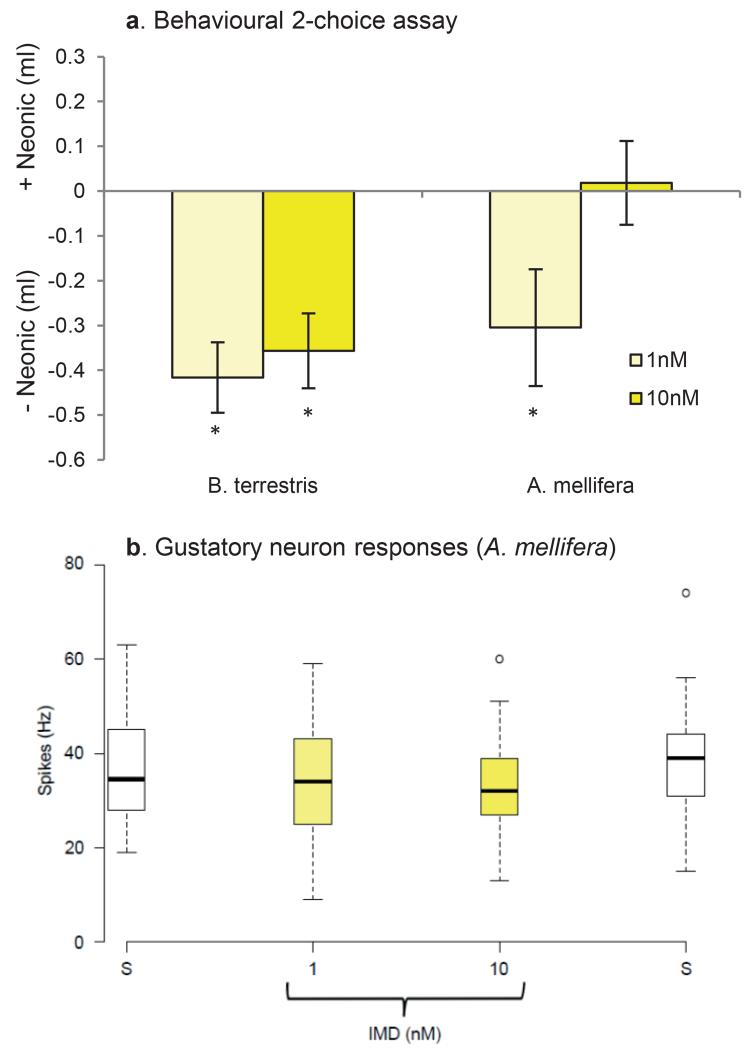Extended Data Figure 3: Young bees avoid solutions containing neonicotinoids.
a, Newly-emerged worker bumblebees (N = 30 bees/treatment) and honeybees (N = 20 boxes/treatment) were tested in the behavioural choice assay with 1 nM and 10 nM IMD in sucrose solution as in Figure 2. Bumblebees avoided consuming both solutions containing IMD (one-sample t-test against 0, 1nM: P < 0.001, 10nM: P = 0.001), whereas honeybees avoided only the 1 nM concentration (one-sample t-test against 0, 1nM: P = 0.003, 10nM: P = 0.773). Error bars represent ± SE. b, The presence of IMD did not alter the spike frequency of gustatory neurons in the galeal sensilla of newly-emerged honeybees (repeated-measures ANOVA, stimulus: F1, 47 = 0.207, P = 0.653). Recordings were made from the basiconic sensilla on the galea as in Figure 1. Boxplots represent the frequencies of responses to 50 mM sucrose or to 50 mM sucrose solutions containing 1 nM or 10 nM IMD. N = 5 bees, 10 sensilla/bee. Boxplots represent the median (black bars), the 1.5 interquartile range (whiskers) and outliers (circles). Stimuli on x-axis are in order of presentation during the experiment.

